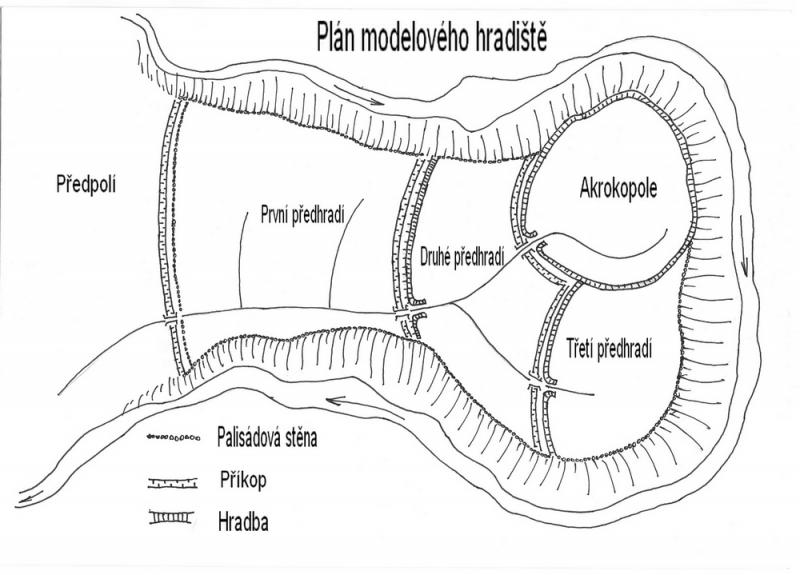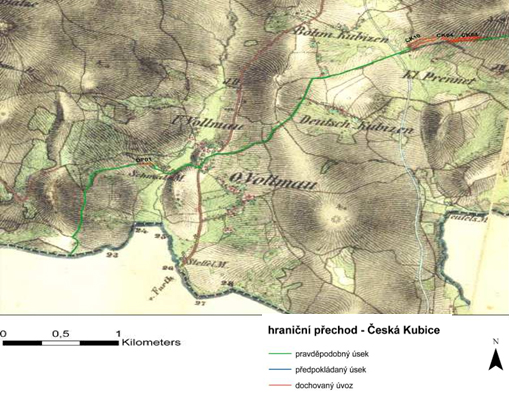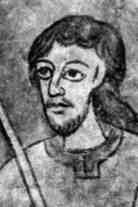
The Middle Ages (476-1492)


Allah's Prophet

ARCHAEOLOGICAL SURVEY OF THE REGENSBURG ROAD

ARCHAEOLOGICAL SURVEY OF THE REGENSBURG ROAD

ARCHAEOLOGICAL SURVEY OF THE REGENSBURG ROAD

ARCHAEOLOGICAL SURVEY OF THE REGENSBURG ROAD

ARCHAEOLOGICAL SURVEY OF THE REGENSBURG ROAD

ARCHAEOLOGICAL SURVEY OF THE REGENSBURG ROAD

ARCHAEOLOGICAL SURVEY OF THE REGENSBURG ROAD

ARCHAEOLOGICAL SURVEY OF THE REGENSBURG ROAD

ARCHAEOLOGICAL SURVEY OF THE REGENSBURG ROAD
Summary
The main objective of this study was to reconstruct the paths Regensburg particular period, which begins in Starý Plzenec and ends at the border of the Czech Republic in the early Middle Ages. After studying written or cartographic documents, the obtained results were subsequently verified using non-destructive research.

ARCHAEOLOGICAL SURVEY OF THE REGENSBURG ROAD

ARCHAEOLOGICAL SURVEY OF THE REGENSBURG ROAD
11. Summary
The main objective of this study was to reconstruct the paths Regensburg particular period, which begins in Starý Plzenec and ends at the border of the Czech Republic in the early Middle Ages. After studying written or cartographic documents, the obtained results were subsequently verified using non-destructive research.

ARCHAEOLOGICAL SURVEY OF THE REGENSBURG ROAD

ARCHAEOLOGICAL SURVEY OF THE REGENSBURG ROAD

Battle of Brunanburh
Translation of a poem from the Anglo-Saxon Chronicle The Battle of Brunanburh

Battle of Rozhanovce

Boleslav I.
Boleslav I. is for me the most important politician of the Czech state, due to the fact that thanks to his political work we were not met by the fate of the Elbe Slavs (exterminated by the Germans) or the fate of the Danube Slavs (exterminated by the Hungarians). Boleslav I. is therefore actually the father of the Czech state and nation.

Frankish expansion [481-870]

Avar expansion [600-800]

Arabic expansion [632-750]

Reconquista [711-1492]

Campaigns of Charlemagne [768-814]

Saxon wars [772-804]

Vikings [793-1066]

Hungarian expansion [900-1000]

Viking expansion [900-1100]

Hastings [1066]

Clashes between Popes and emperors [1076-1122]

Crusades [1096-1270]

Mongolian expansion [1206-1260]

First War of Scottish Independence [1296-1328]

Second War of Scottish Independence [1333-1357]

Hundred Years' War [1337-1453]

Ottoman expansion [1354-1571]

The Hussite Wars [1419-1436]

War of roses [1455-1485]

Swiss-burgundy war [1474-1477]
Join us
We believe that there are people with different interests and experiences who could contribute their knowledge and ideas. If you love military history and have experience in historical research, writing articles, editing text, moderating, creating images, graphics or videos, or simply have a desire to contribute to our unique system, you can join us and help us create content that will be interesting and beneficial to other readers.
Find out more